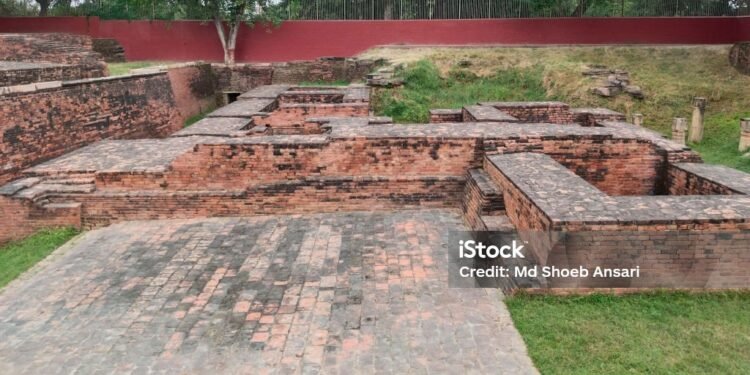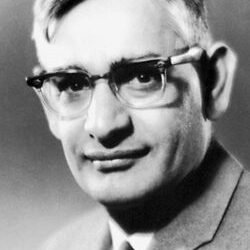Introduction
The Mauryan Empire (c. 324–187 BCE) unified vast tracts of the subcontinent under Chandragupta Maurya, Bindusara, and Ashoka, developing a centralized administrative framework documented by Kautilya’s Arthashastra, Greek envoys like Megasthenes, and Ashokan inscriptions.
Foundations and expansion
Chandragupta overthrew the Nandas and consolidated Magadha before confronting Seleucus I; the 303 BCE treaty ceded eastern satrapies such as Paropamisadae and Arachosia to the Mauryas in exchange for 500 war elephants and a likely marriage alliance, securing the northwest and opening durable Indo‑Hellenic ties. Bindusara, known to Greeks as Amitrochates/Amitraghata, extended control between the Arabian Sea and Bay of Bengal and maintained embassies, preparing the ground for Ashoka’s era.

Ashoka’s reign
After a contested succession, Ashoka expanded and then, following Kalinga, pivoted from conquest to dhamma, broadcasting welfare and tolerance across rock and pillar edicts while retaining capacity to govern a vast, diverse realm. His provincial capitals at Taxila, Ujjain, Tosali, and Suvarnagiri anchored a five‑part imperial structure with Pataliputra at the center under direct control.
Administrative architecture
Central authority: The emperor presided with a Mantriparishad (council), supported by high officials—Tirthas, Adhyakshas, Mahamatras, and Amatyas—managing portfolios from revenue and mint to city, commerce, forests, herds, and army as codified in Arthashastra.
Departments and officials: Key offices included Samharta (finance chief), Sannidhata (treasurer), Rajjukas (land survey and boundary), Yuktas (revenue subordinates), and Sansthadhyaksha (mint), reflecting a specialized secretariat.
Pataliputra and cities: Accounts describe Pataliputra’s moat, timber palace, and boards overseeing urban functions, aligning Greek observations with Arthashastra’s chapters on city administration.
Provincial and local governance
The empire blended direct rule with provincial delegation: princes (Kumaras) governed provinces with Mahamatras and ministerial councils, while district officers (Pradeshika), tax superintendents (Sthanikas), fort and frontier governors (Durgapala, Antapala), accountants (Akshapataladhikarins), scribes (Lepakars), and registrars (Gopa) operationalized policy below. Vassal polities existed alongside core provinces, illustrating a network of centers and routes rather than uniform territorial saturation.
Military and diplomacy
The Mauryan military integrated infantry, cavalry, chariots, and elephants; the elephant corps acquired from Seleucus influenced Hellenistic warfare even as the treaty stabilized India’s northwest frontier and legitimized Mauryan statecraft abroad. Diplomacy and envoys (e.g., Megasthenes at Pataliputra) fostered knowledge exchange and chronicled Mauryan society, albeit with interpretive gaps and biases.
Economy and revenue
A stratified revenue system drew from land (bhaga), irrigation, customs/tolls (shulka), mines, forests, herds, and mints, with standardized punch‑marked coinage facilitating commerce across riverine corridors and overland routes. Control of trade routes—Ganga trunk lines and frontier passes—was critical to imperial cohesion and provisioning.
Law, justice, and welfare
Arthashastra outlines judicial hierarchy, tests for officials, and the king’s duty as dharmapravartaka, while later Ashokan practice adds edicts on ethics, animal welfare, and administrative accessibility via Dhamma‑mahamatras and Rajjukas in the districts. Across these sources emerges a picture of rigorous procedure paired with welfare‑oriented governance at imperial scale.
Geography and capitals
From Pataliputra’s confluence siting on the Ganga–Son–Gandak–Punpun system, the Mauryan heartland radiated to provincial nodes—Taxila (NW), Ujjain (W), Tosali (E), Suvarnagiri (S)—linking agrarian basins to craft towns and ports. Edict distribution and administrative footprints suggest denser control in the core and along corridors than in some peninsular interiors.
Sources and method
Arthashastra: A statecraft compendium on administration, security, economy, and interstate relations, foundational for reconstructing Mauryan governance.
Greek accounts: Megasthenes’ Indica (via later authors) details Pataliputra, social orders, and institutions, requiring cross‑checks against Indian materials.
Inscriptions: Ashokan edicts corroborate provincial structure, ethical policy, and communication practices across regions.
Why the Mauryas matter
Political unification: A durable template for subcontinental kingship, integrating diplomacy, bureaucracy, and revenue into a replicable imperial grammar.
Administrative legacy: Hierarchical but specialized offices, land measurement, coinage, and route control shaped later states’ playbooks.
Civilizational exchange: The Seleucid–Mauryan compact inaugurated sustained Indo‑Mediterranean interactions in warfare, diplomacy, and ideas.
Conclusion
From Chandragupta’s coalition‑building and the Seleucid treaty to Ashoka’s administrative consolidation and moral broadcast, the Mauryan enterprise fused military pragmatism with bureaucratic sophistication and welfare ethics—establishing South Asia’s first great imperial state and a lasting model of governance.





